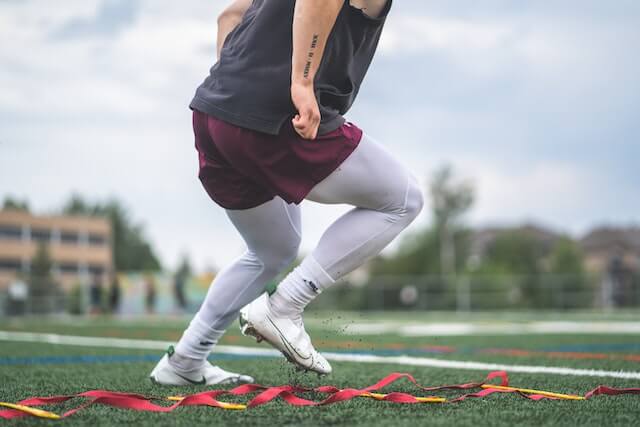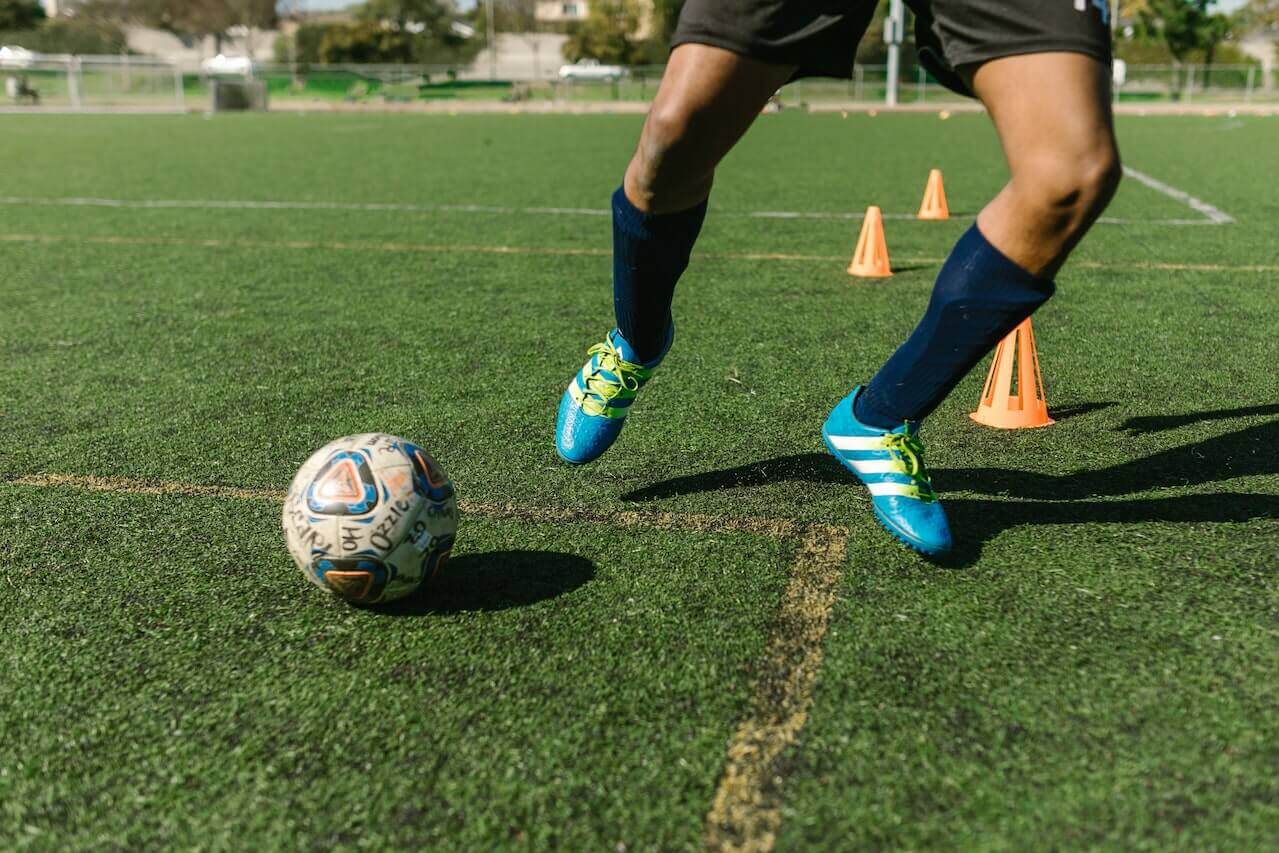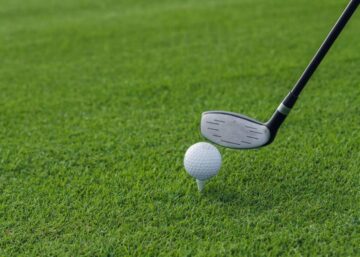Introduction to Drills for Soccer
Soccer is a game that requires a variety of skills, including passing, shooting, dribbling, and defending. To improve these skills, soccer players of all levels should incorporate drills into their training regimen. Soccer drills are exercises that focus on specific aspects of the game and help players develop their technical abilities, decision-making, and fitness. In this article, we will discuss the importance of drills in soccer training, the different types of drills, and how to incorporate them into practice.
Importance of Drills in Soccer Training
Drills are an essential part of soccer training for several reasons. First, they help players improve their technical skills, such as passing accuracy, shooting technique, and ball control. By performing these drills regularly, players can develop muscle memory and become more confident in their abilities on the field.
Second, drills help players make better decisions on the field. Soccer requires quick thinking and the ability to read the game. By practicing drills that simulate game situations, players can improve their decision-making skills and become more effective on the field.
Third, drills for soccer players help improve their fitness levels. Soccer is a physically demanding sport that requires players to run long distances and sprint at high speeds. By incorporating conditioning drills into their training, players can improve their endurance and become more resilient during games.

Types of Drills for Soccer
There are several types of soccer drills that players can incorporate into their training, each focusing on different aspects of the game.
Passing and Receiving Drills for Soccer
Passing and receiving are two of the most important skills in soccer. Good passing and receiving skills allow players to maintain possession of the ball, create scoring opportunities, and control the pace of the game. Passing and receiving drills can include exercises like one-touch passing, wall passes, and 2v1 passing drills.
Shooting and Finishing Drills for Soccer
Scoring goals is the ultimate objective in soccer. Shooting and finishing drills for soccer players can help improve their accuracy, power, and technique in front of the goal. These drills can include exercises like shooting drills with a goalkeeper, finishing drills with crosses, and shooting under pressure.
Dribbling Drills for Soccer
Dribbling is an essential skill for any soccer player, as it allows them to control the ball and create space on the field. Dribbling drills for soccer players can help improve their close control, change of direction, and dribbling speed. These drills can include exercises like cone dribbling, zigzag dribbling, and dribbling in tight spaces.
Defensive Drills for Soccer
Defending is an important part of soccer, and good defensive skills can help prevent the other team from scoring goals. Defensive drills can help players improve their positioning, tackling, and marking skills. These drills can include exercises like 1v1 defending, zonal defending, and defending set pieces.
Conditioning and Fitness Drills for Soccer
Soccer requires players to have good endurance, speed, and agility. Conditioning and fitness drills can help players improve their fitness levels and become more resilient during games. These drills can include exercises like sprints, shuttle runs, and interval training.
How to Incorporate Drills into Practice
Incorporating drills into practice requires careful planning and organization. Coaches should design a practice plan that includes a variety of drills that focus on different aspects of the game. They should also consider the skill levels of their players and tailor the drills accordingly.
During practice, coaches should provide clear instructions and demonstrations of each drill. They should also give feedback and corrections to help players improve their technique and decision-making skills. Coaches should also encourage players to perform the drills at game-like intensity and speed.
Passing and Receiving Drills for Soccer
Passing and receiving are two essential skills in soccer, and mastering them can help players improve their ball control and teamwork. Here are some drills to help players develop these skills:
- Two-Touch Pass: In this drill, players stand about 10 yards apart and pass the ball back and forth using only two touches. The first touch should be a controlled touch, and the second touch should be a pass to the other player.
- Wall Pass: This drill involves two players passing the ball back and forth using a wall as a third player. One player passes the ball to the wall and then runs past the defender to receive the ball back from the wall.
- Diamond Passing: This drill requires four players to stand in a diamond shape, with one player in the middle. The players on the outside pass the ball to each other, while the player in the middle tries to intercept the ball.
Shooting Drills for Soccer
Scoring goals is the ultimate objective in soccer, and shooting drills can help players improve their accuracy and power. Here are some drills for soccer to help players develop their shooting skills:
- One-on-One with the Keeper: In this drill, a player takes on the goalkeeper one-on-one and tries to score a goal. This drill helps players learn how to beat the goalkeeper and shoot accurately.
- Shooting from Distance: In this drill, players take shots from outside the box, trying to score a goal from distance. This drill helps players develop their long-range shooting skills.
- Rapid-Fire Shooting: In this drill, players take rapid-fire shots at the goal, trying to score as many goals as possible in a short amount of time. This drill helps players improve their shooting accuracy and speed.
Cool Down Drills for Soccer
After a rigorous soccer practice or game, it’s important to cool down properly to prevent injuries and muscle soreness. Here are some cool down drills that players can do after a soccer session:
- Slow Jog: Players can do a slow jog around the field to bring their heart rate down gradually.
- Static Stretching: Players can stretch their muscles to improve flexibility and prevent soreness. Some effective stretches include hamstring stretches, calf stretches, and quad stretches.
- Foam Rolling: Foam rolling can help players massage their muscles and release any tension. Players can use a foam roller to roll out their hamstrings, quads, and calves.
Conclusion
Drills are an essential part of soccer training, and players who incorporate these drills into their practice sessions can improve their skills and performance on the field. Whether it’s dribbling, passing, shooting, or cool down drills, there are numerous exercises that players can do to hone their skills and become better soccer players. By practicing these drills for soccer regularly and incorporating them into their training routines, players can take their game to the next level and achieve their soccer goals.
Continue Reading => 5 Fun games for soccer







